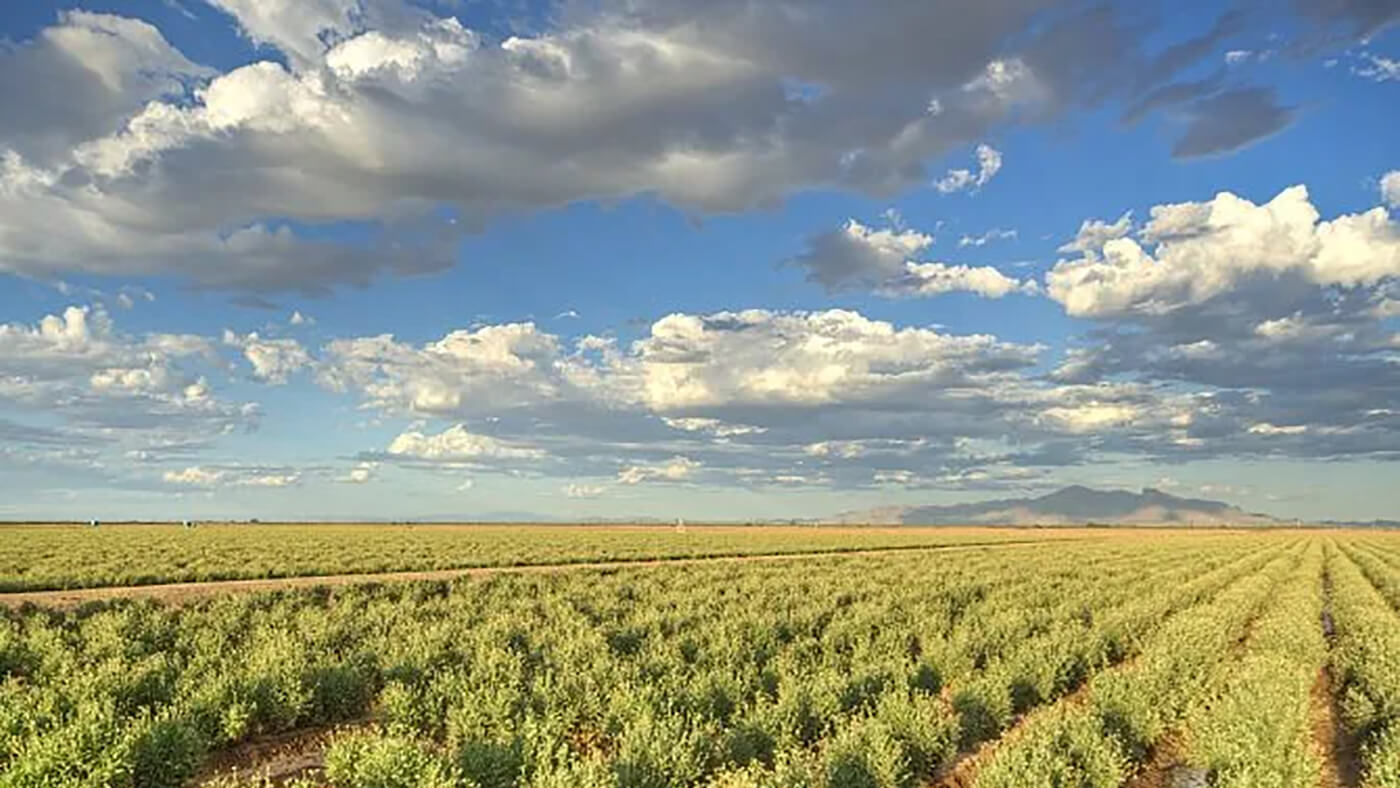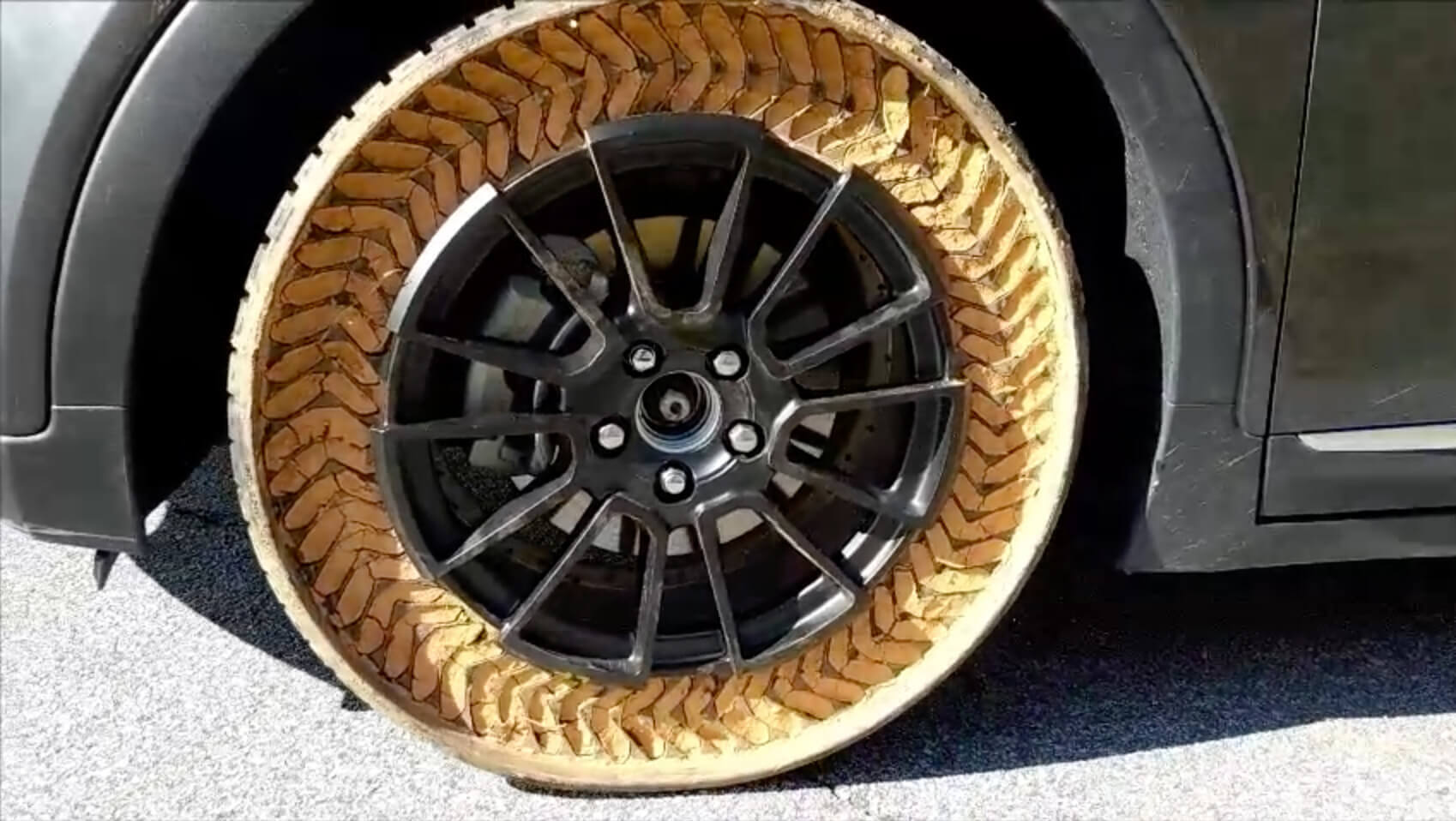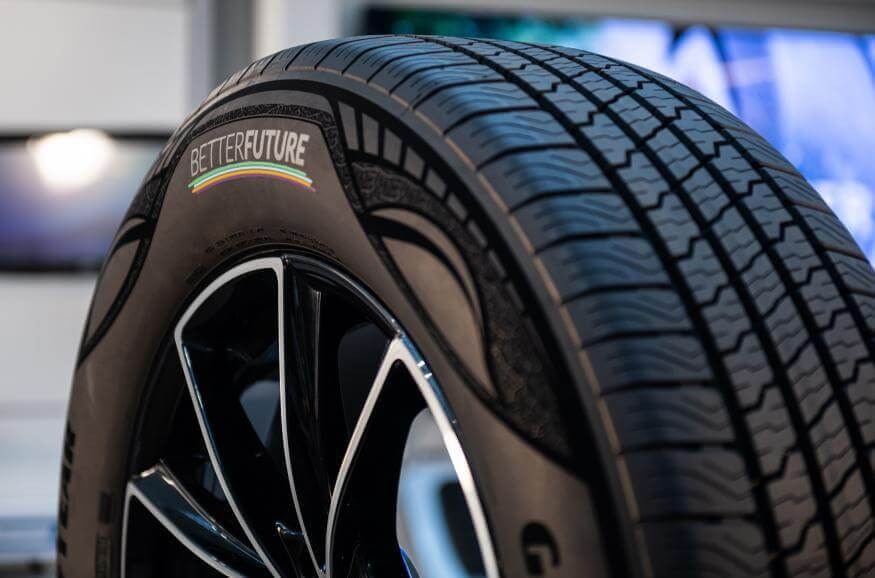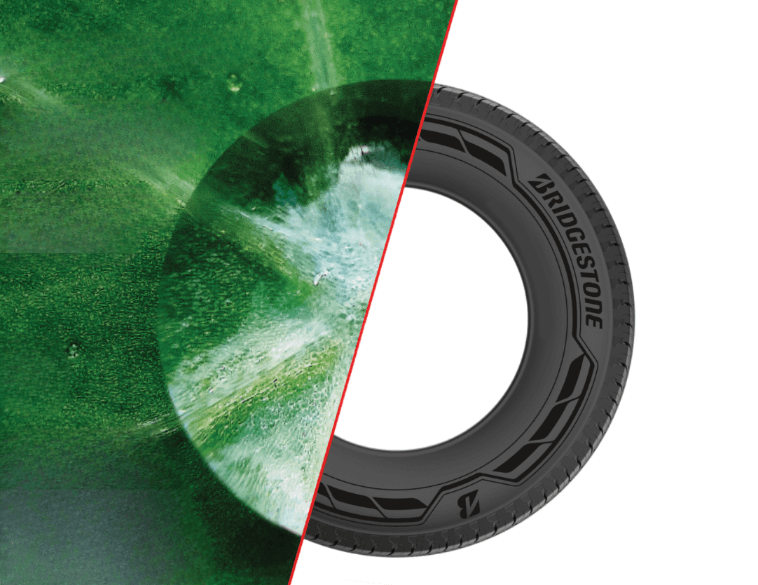More than a year and a half ago, Bridgestone already showed its will to revolutionize the world of natural rubber with a new GMO based on the guayule. Just like the rubber tree (or hevea), the most popular latex plant, the small desert shrub also produces resinous sap that can be used in the manufacturing of tires. The only real drawback is the low yield of the guayule, which makes it unprofitable to grow, but the Japanese company may have solved that problem! At least that’s what suggests their recent US$42 million investment in the project… which had already cost them over US$100 million.
A greener rubber
The main advantage of guayule, especially compared to the more tropical hevea tree, is its natural robustness that allows it to resist drought. Growing this shrub therefore requires very little water and little or no fertilizer and pesticides. The quality of the soil does not affect the guayule and it can therefore be grown almost anywhere. Bridgestone has planted its crops in the southwestern United States, particularly in California, a region recently affected by a lack of fresh water.
The company’s goal is to produce natural rubber with less impact on its ecosystem, especially by reducing the amount of resources needed to extract the latex. Guayule also grows slightly faster than rubber, which will allow Bridgestone to plant more than 10,000 hectares of plants by 2030. It should be kept in mind that the company has committed to becoming carbon neutral and using only renewable materials by 2050.
Available by 2030
While our headline is true – they are indeed closer than ever – don’t go to Blackcircles.ca expecting to be able to buy guayule tires right away. It will be nearly a decade before they hit the market, but Bridgestone says the wait until 2030 is worth it. After all, those shrubs still need time to grow…
By then, we will surely see the company invest more and more in this transition plan and relocate its natural rubber production to North America. Recently, Firestone demonstrated the reliability and safety of such a material at the Indy 500 Pit Stop Challenge with its Firehawk, so it is probably a matter of time before Blizzak or Alenza made of this new rubber appear!






